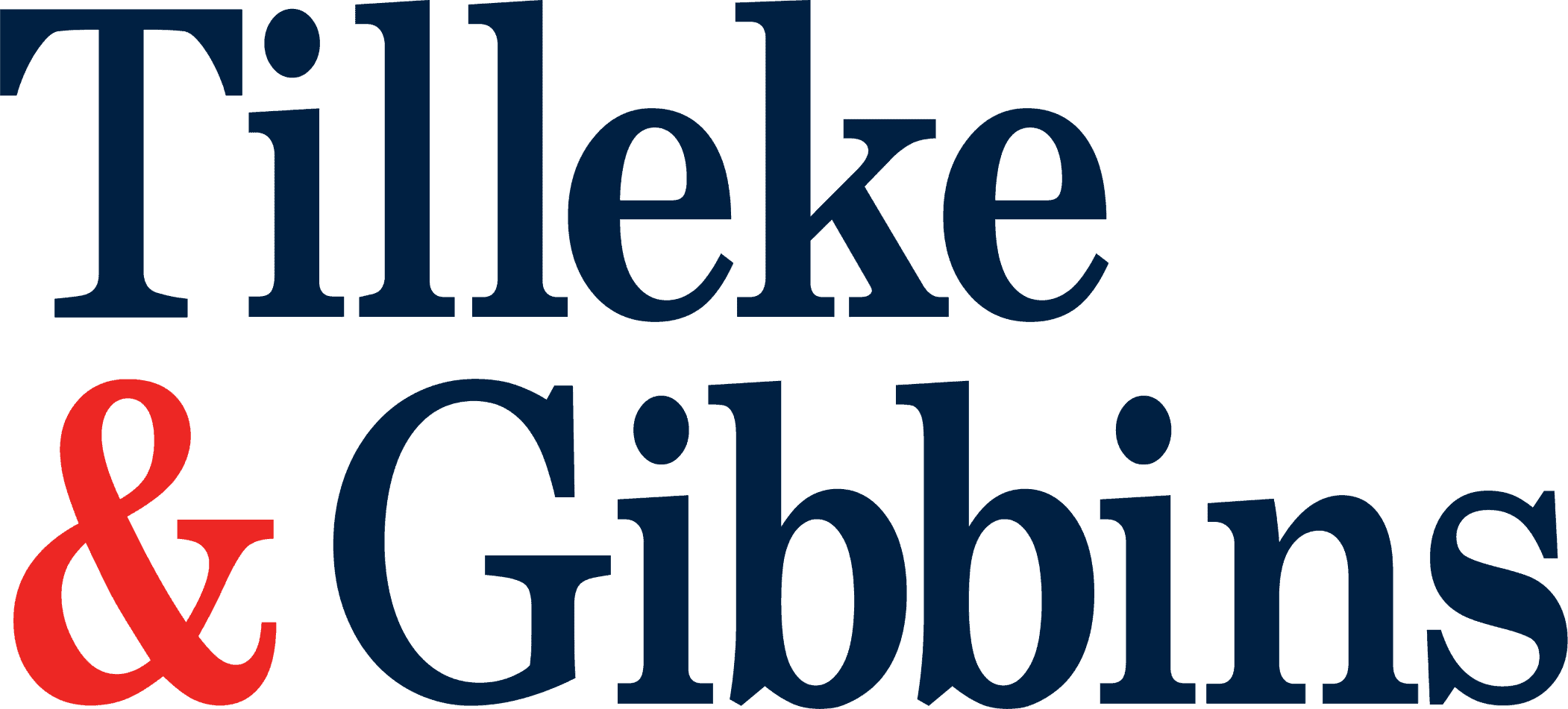
The 10 nation members of the Association of Southeast Asian Nations (ASEAN) have committed to implement an ASEAN Economic Community (AEC) by 2015. As of January 1, 2010, with the full implementation of the ASEAN Free Trade Agreement (now called the ASEAN Trade in Goods Agreement), the trading bloc has created a single market of more than 600 million people, making it the world’s ninth largest economy, with a GDP growth of 7.5 percent.
Foreign direct investment into ASEAN rose to $76 billion in 2010, doubling the 2009 level. Comparisons to EU economic integration are frequent, but unlike that merged economy, ASEAN lacks singular regulation and harmonised rules and regulations. Among the key challenges posed by integration, ASEAN members will need to implement an effective system for the registration, enforcement and commercialisation of intellectual property (IP) within the AEC.
Current plan
Although the development of IP laws and enforcement mechanisms differ from one member state to another, ASEAN recognises the importance of effective IP policy, which must be consistently implemented in all member states. In 1995, ASEAN adopted the IP Rights Action Plan, which provides a framework for establishing effective IP policy in the region. The ASEAN Working Group on IP Cooperation (AWGIPC) was commissioned to oversee development of the action plan. The first phase of implementation ran from 2004 to 2010, and was aimed at IP creation efforts, public recognition and awareness of IP concepts and setting up regional enforcement frameworks.
The second phase of the action plan (from 2011 to 2015) is aimed at transforming ASEAN into an innovative and competitive region through the use of IP. In addition to carrying on from the three goals of the first phase, the second phase has addressed additional issues of IP harmonisation at the IP office level and the preparation for member states’ participation in global IP systems.
In light of this, significant improvements can be expected in the IP field within the next few years. For each type of IP, the AEC harmonisation may have several implications for protection, use and enforcement of an IP asset. In particular, the implications for trademarks, patents, and copyright are likely to have the largest impact on businesses in the region.
Trademarks
The AEC harmonisation plan for trademarks will be based primarily on the Madrid Protocol. Unlike the EU model, ASEAN’s integration plan for trademarks does not currently include a Community Trademark (CTM) scheme. According to the action plan, ASEAN members are required to accede to the Madrid Protocol by 2015. At present, only Singapore and Vietnam are members of the Madrid Protocol. Thailand has been working toward accession for several years, and is expected to join by 2015.
Patents
Importantly, the AEC envisions that all countries will become members of the Patent Cooperation Treaty (PCT) by 2015. Currently, four ASEAN member states have not joined (Brunei Darussalam, Cambodia, Laos, and Myanmar). Member states are charged with the responsibility to issue appropriate guidelines for PCT implementation in their country, and to amend any relevant legislation. AEC IP harmonisation strongly advocates implementation of the ASEAN Patent Examination Cooperation (ASPEC) system. It is hoped that the system will be fully operational by 2012, and will be used for 5 percent of all patent applications at this time. Other plans include the establishment of a regional network of at least 20 regional patent libraries to increase access to global scientific information.
Patent office capacity building is a specific AEC IP harmonisation goal, with training programmes for patent examiners to feature heavily in coming years. Various international patent offices have committed to providing training and best practice recommendations, with ASEAN patent examiners receiving training in neighbouring patent offices. Of note is plant variety protection, with Singapore and Vietnam, which have joined the International Union for the Protection of New Varieties of Plants (UPOV), expected to share their experience to help other member states bring their plant variety protection regimes up to international standards.
Copyright
Copyright harmonisation has received less emphasis than has been given to trademarks or patents, but it does feature in the action plan, with member states encouraged to undertake studies on the contributions of copyright industries to their economies and then share those conclusions with other members, including uniform recordal procedures. Thailand is taking the lead under the AEC in sharing information on how to build and operate collecting societies for effective use of copyright.
Conclusion
ASEAN IP offices have for years faced difficulties such as outdated office infrastructures, insufficiently trained examiners, tremendous backlogs of patent and trademark applications and, of course, rampant IP infringement. The AEC is striving to develop the necessary framework for regional cooperation in many areas of IP. The framework goals, if met, will not only improve regional cooperation, but will achieve harmonisation on some legal facets of IP and will help to bring many IP regimes up to best practice international standards. This will allow stakeholders in the member states to capitalise better on their untapped IP assets and, we hope, serve as a catalyst to improve innovation and encourage technological solutions to what are certain to be daunting, yet exciting, challenges to a rising integrated economy.
ASEAN FDAs – A harmonisation model for IP?
While harmonisation of IP registration systems within the 10 nations of ASEAN may be a few years in the making, regional Food & Drug Administrations (FDAs) and Departments of Agriculture have already begun to streamline and harmonise registration procedures.
Cosmetics. On January 1, 2008, ASEAN member states implemented the ASEAN Harmonization Cosmetics Regulation Scheme. As a result, a streamlined system and an efficient registration process have replaced the previously chaotic system, and there is now just a solitary category for cosmetic products.
Pharmaceuticals. While currently each local FDA has different requirements for registering pharmaceutical products in each ASEAN country, the pharmaceutical industry is leading the way for the implementation of a harmonised regulatory scheme which aims to eliminate technical barriers to trade. The various FDAs have implemented the ASEAN Common Technical Requirements and Dossier (ACTR/ACTD) on Quality, Safety and Efficacy, which provides guidelines on analytical and process validation, stability studies, and bioavailability/bioequivalence.
Medical devices. Each member state has until 2014 to implement the new requirements established by the Medical Device Working Group, to finalise the harmonisation process for all medical devices.
Food. In 2009, the AEC adopted the ASEAN Integrated Food Security Framework and Strategy Plan of Action for ASEAN Food Security and is currently considering using the Codex General Standards for Food Additives (GSFA) as the basis for harmonisation.
Agricultural products and livestock. Harmonisation of agricultural products is also well underway, with the 2006 ASEAN Good Agricultural Practices for Fresh Fruit and Vegetables (ASEAN GAP) adopted as a standard for the production, harvesting, and post-harvest handling of fruits and vegetables in the region. Other harmonisation standards include accreditation of livestock establishments and livestock products.

